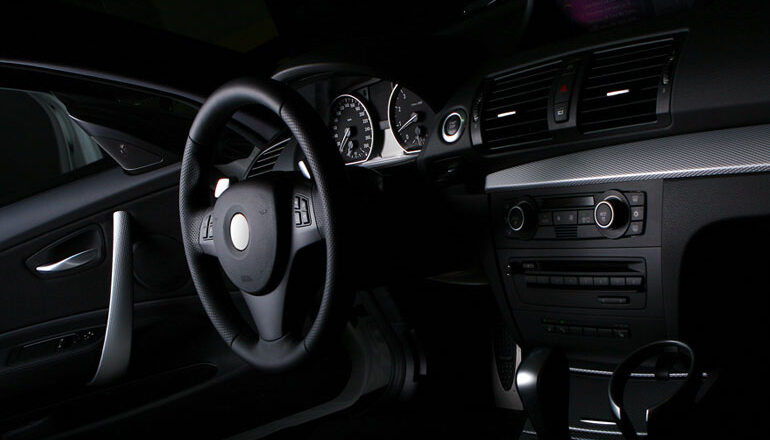Safe road positioning
Generally, you need to be able to keep a safe, central position in your lane. But positioning also means making good decisions to deal with upcoming hazards and showing your intentions. Being aware of other drivers’ positioning is also really important: it can give you vital clues to what they’re doing and keeps everyone safe.
Revise: approaching a junction – understanding road markings – understanding roundabouts
Use of car mirrors
Your use of your mirrors (and therefore your observation) is one of the biggest things your examiner will be looking out for. Mastering ‘Mirrors’ also means being aware of the areas your mirrors don’t let you see: your blind spots. Before you’re ready to take your test, you’ll need to be checking your mirrors regularly, checking your blind spots at the right time and acting on what you see.
You should be using your mirrors:
- Before signalling
- Before changing direction or speed
- As part of the Mirror-Signal-Manoeuvre routine
Revise: using car mirrors
Signalling
Letting other people know what you’re about to do keeps you and them safe by preventing any confusion. Even if you can’t see anyone who needs your signal, there could be a driver or pedestrian you haven’t seen. It depends on the driving instructor, but some teachers will say signal every time you are stopping and moved off during your driving test, just in case.
It’s good practice and it cements the action in your brain for when you’re terrified in your test.
Revise: signalling
Anticipation and planning
You have to become a bit of a fortune teller and a mind reader to be a good driver, which is something you’ll get better at with time. Making an educated guess about what kind of next car to you is going to do even though he’s not indicating. Spotting the excited kid on their new scooter. Noting that it’s time for school to let out.
Always expect the unexpected. The number of times I’ve rounded a bend to find a tractor the size of a brachiosaurus in the middle of the road…


Leave A Comment